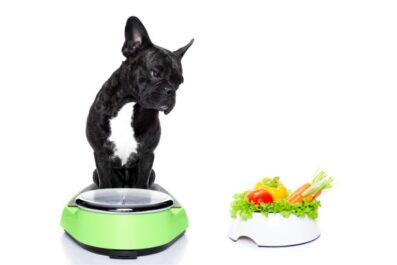Potty Training a Rescue Dog: A Step-by-Step Guide

So, you’ve just brought home a rescue dog. Exciting, right? But now you’re faced with a big challenge: potty training. Don’t worry, we’ve all been there. Let’s face it: housebreaking can be tough, especially if your new pup has had a rough time. It’s going to test your patience (and probably your carpets, too).
That’s why we’re here. We’re going to walk you through everything you need to know about potty training your rescue dog. We’ll cover the basics, share some handy tips, and help you avoid common mistakes. Ready to get started? Let’s dive in and help your new best friend learn the ropes of their forever home.
Understand Your Rescue Dog
Before we jump into potty training, let’s talk about your new buddy. Rescue dogs are special – they’ve been through a lot. Maybe your dog lived on the streets or in a shelter. They might not have had a consistent routine before, which means they may not have a strong foundation in potty training, or they might need to unlearn bad habits. Some rescue dogs might have picked up bad habits along the way. Others might be scared or anxious in their new home. All of this can affect how they learn.
The key here? Patience. Your dog isn’t trying to be difficult; they’re just adjusting to a whole new world. Besides, every dog is different. Some might pick up potty training quickly, while others might need more time. Don’t compare your pup to others. Focus on progress, not perfection. And if you’re not sure about your dog’s background, don’t worry—start from scratch and focus on building a strong foundation in potty training. It’s better to cover all the bases than to miss something important.
Best Practices for Potty Training a Rescue Dog
Potty training a rescue dog requires patience, consistency, and positive reinforcement. By following these best practices, you can help your new furry friend learn to go potty in the right place:
Establish a Predictable Routine
A consistent schedule can significantly improve your dog’s potty training success. Feed your dog at the same time each day, take them outside immediately after meals and naps, and establish a consistent bedtime routine. This predictability helps your dog anticipate when it’s time to go potty and reduces anxiety, making the training process smoother.
Choose the Right Spot
Identify a specific area outside that’s easily accessible and away from food and water sources. Consider your dog’s size, mobility, and preferences when choosing a location. For example, a dog with arthritis may prefer a spot that’s easy to access without a lot of stairs.
Supervise Closely
Keep a close eye on your dog, especially during the early stages of potty training. Watch for signs that they need to go, like sniffing around, circling, or whining. If you catch them showing these signs, take them outside immediately to their designated potty spot. Close supervision helps prevent accidents and allows you to guide your dog to the right behavior.
Reward Good Behavior
Positive reinforcement is crucial in potty training. When your dog goes potty in the right spot, reward them generously with treats, praise, and affection. This helps them associate going potty outside with positive experiences. Make sure to reward them immediately after they do their business to reinforce the behavior.
Be Patient and Understanding
Accidents will happen, especially when your dog is first learning. Don’t get discouraged. Keep a positive attitude and continue to practice. Remember, every dog is different, and it may take some time for your rescue dog to learn.
Seek Help When Needed
If you’re struggling with potty training, don’t hesitate to seek help from a professional dog trainer or behaviorist. They can help identify any underlying issues, provide personalized guidance, and work with you (and your dog) to overcome the challenges. You can find guides to local trainers (like this list for Kansas City trainers – more cities are available here, too), or you can look for trainers that offer online training options.
Potty Training a Rescue Dog: It’s Easy if You Do It Right
Potty training a rescue dog takes some work. You’ll need to put in time and effort, and yes, there might be a few accidents along the way. But trust us, it’s totally doable.
The secret? It’s all about being consistent and patient. Stick with it, and before you know it, your new buddy will be doing their business outside (or wherever you want them to) like a champ. Celebrate the small victories, stay committed to the process, and don’t hesitate to seek professional guidance if needed. In the end, your hard work will pay off, leading to a happier, healthier relationship with your rescue dog.





